Kingdom Animalia Scientific name Emberizidae Higher classification Songbirds Order Passerine | Suborder Passeri Phylum Chordata Rank Family | |
 | ||
Lower classifications Emberiza, Yellowhammer, Common reed bunting, Corn bunting, Ortolan bunting | ||
Swamp sparrow emberizidae melospiza georgiana window killed bird
The Emberizidae are a large family of seed-eating passerine birds with distinctively finch-like bills.
Contents
- Swamp sparrow emberizidae melospiza georgiana window killed bird
- Dark eyed junco emberizidae junco hyemalis window killed bird
- Description
- Behaviour and ecology
- Taxonomy and systematics
- The buntings
- The American sparrows and brush finches including juncos and towhees
- Genera belonging elsewhere
- References
In Europe, most species are called buntings. In North America, most of the species in this family are known as (American) sparrows, but these birds are not closely related to the (Old World) sparrows, in the family Passeridae. The family also includes the North American birds known as juncos and towhees.
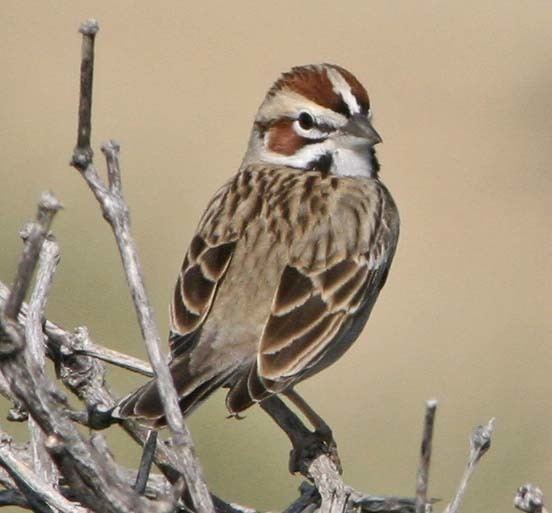
It was hypothesized that the family Emberizidae may have originated in South America and spread first into North America before crossing into eastern Asia and continuing to move west. This would explain the comparative paucity of emberizid species in Europe and Africa compared to the Americas. However, a DNA sequence-based study of passerines concluded emberizids spread from North to South America.
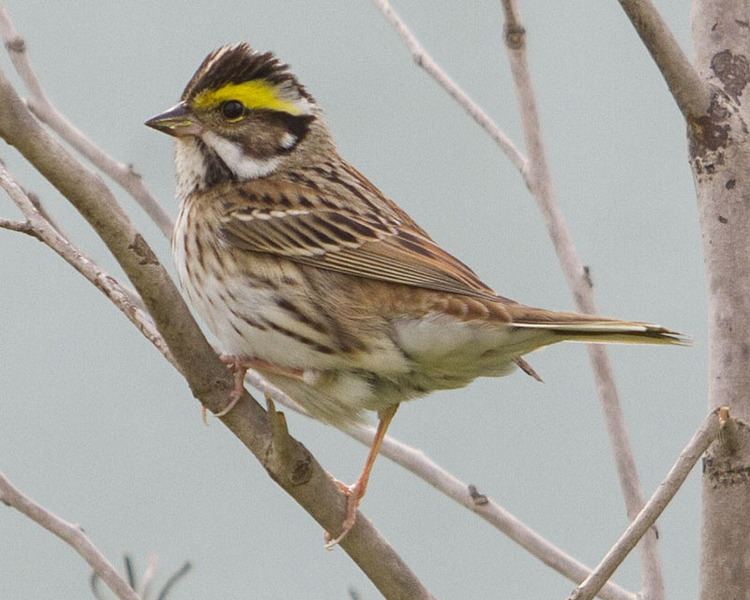
As with several other passerine families, the taxonomic treatment of this family's members is currently in a state of flux. Many genera in South and Central America are, in fact, more closely related to several different tanager clades, and at least one tanager genus (Chlorospingus) may belong here in the Emberizidae.
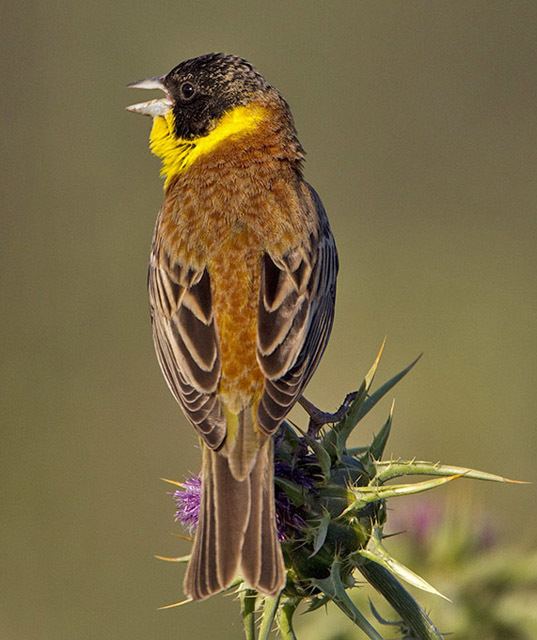
Dark eyed junco emberizidae junco hyemalis window killed bird
Description

Emberizids are small birds, typically around 15 cm in length, with finch-like bills and nine primary feathers. The family ranges in size from the Sporophila seedeaters, the smaller species of which are about 10 cm and weigh 9–10 g, to Abert's towhee, at 24 cm (9.4 in), and the shorter-tailed, but chunkier canyon towhee, at 54 g (1.9 oz). They live in a variety of habitats, including woodland, brush, marsh, and grassland. The Old World species tend to have brown-streaked plumage, although some New World species can be very brightly coloured. Many species have distinctive head patterns.
Behaviour and ecology
Their diet consists mainly of seeds, but may be supplemented with insects, especially when feeding their young.
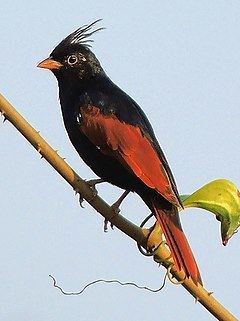
The habits of emberizids are similar to those of finches, with which they sometimes used to be grouped. Older sources may place some emberizids in the Fringillidae family, and the common names of some emberizids still refer to them as finches. With a few exceptions, emberizids build cup-shaped nests from grasses and other plant fibres, and are monogamous.
Taxonomy and systematics
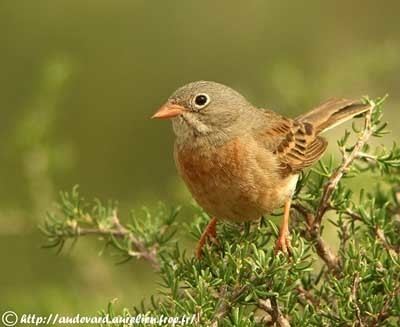
The relationships of these birds with other groups within the huge nine-primaried oscine assemblage are at this point largely unresolved. Indeed, relationships within the Emberizidae as defined here are uncertain with the possibility that each of the three main groups may not be all that closely related.
The buntings
The results of a recent biochemical study suggest that Melophus and Latoucheornis may be related to various members of Emberiza and perhaps should be subsumed within that genus.
The American sparrows and brush-finches, including juncos and towhees
Chlorospingus seems to belong here too.
The following are a group of apparently closely related neotropical sparrows known as the brush finches.
Genera belonging elsewhere
The rest of the traditional Emberizidae are listed below. While they do not form a natural group, most appear to be closer to various tanager genera, and for the largest part they are often known collectively as tanager-finches.
Finally, the three genera known as longspurs and Arctic buntings are unrelated and have been moved to their own family Calcariidae.
